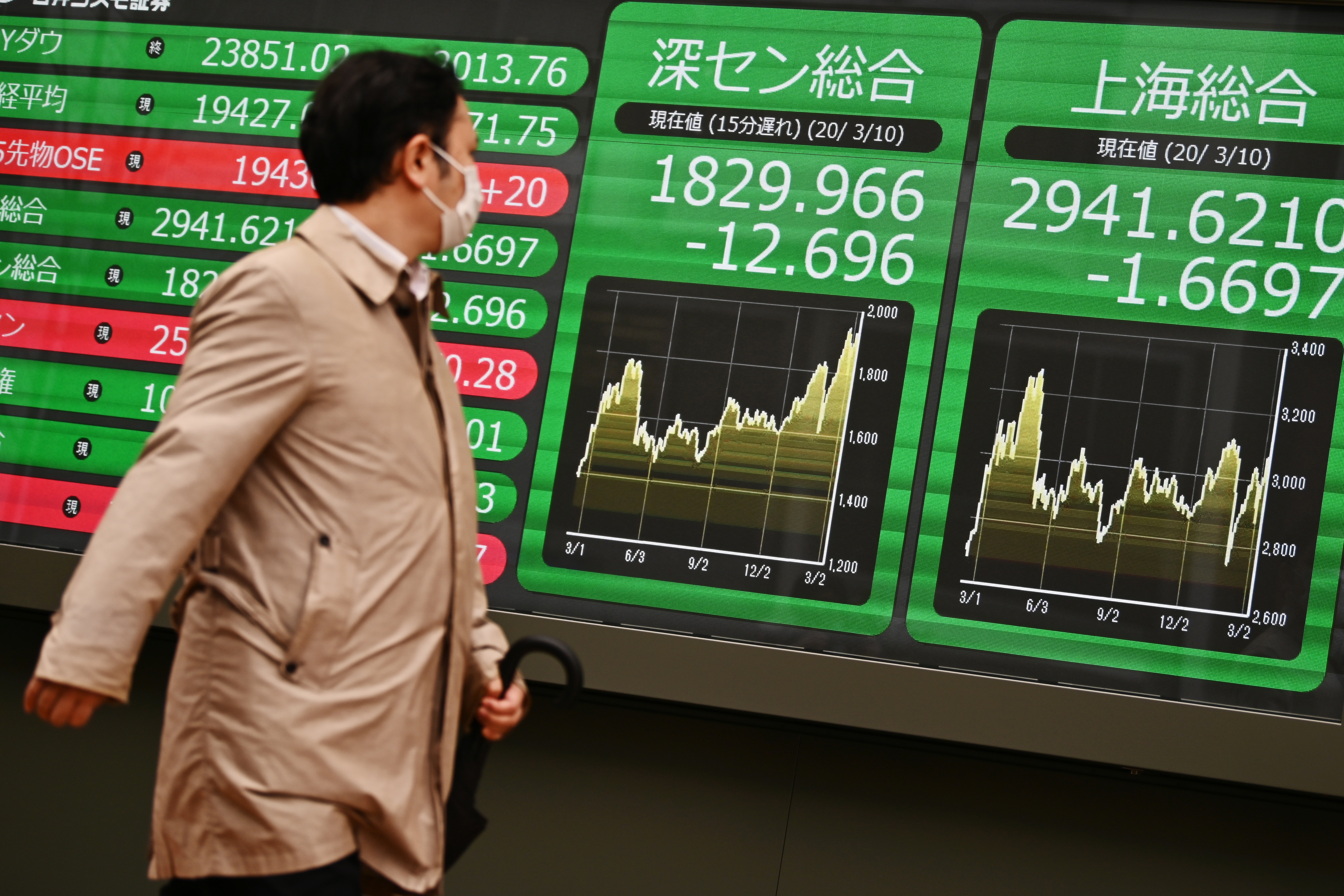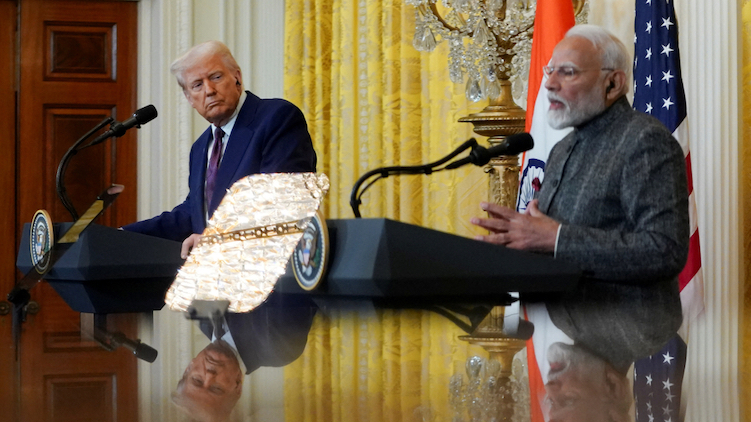Trade of the Day: Equities rebound on stimulus moves; US Treasuries and gold rally
Quote of the Day: “Global markets have taken fright at the scale of potential economic damage wrought by the coronavirus containment measures. We see the economy coming to a near standstill,” said BlackRock Investment Institute in a note.
Stock of the day: Property company Sichuan Languang rose after the company unveiled a 50% rise in net profit on higher margins.
Number of the Day:. 50% British Airways pilots are to be hit with a 50 per cent pay cut to their basic salary for April and May. This follows a forecast by industry body CAPA that by the end of May-2020, most airlines in the world will be bankrupt
Tip of the Day: “For financial markets, we do not expect respite any time soon. Equities are now in bear market territory (having fallen by more than 20%), and typically this depth of sell-off would have a lot further to go before reaching its conclusion. Considering the high starting point for valuations and the collapse in earnings, we expect US equities to reach their bottom in Q2, having fallen by around 30% from Q4 levels,” said Oxford Economics analysts in a note.
Financial markets got a boost on Friday from central bank actions overnight and after US Senate Republicans introduced legislation to inject more than $1tn of fiscal stimulus into the US economy. But trade was volatile on account of Triple Witching — the simultaneous expiration (or rollover) of various futures and options contracts. Many US stock index futures, stock index options, and stock options expire on the third Friday of March, June, September, and December and this heightens the volatility and trading volumes. The VIX or Wall Street’s fear guage is lower on the day at around 65 but much higher than at the start of month when it was less than half the level.
The Stoxx Europe 600 soared 1.7% after the MSCI Asia Pacific index climbed 2.9%. The Dow Jones Industrial Average was up 0.83%, the S&P 500 was 0.94% higher and the Nasdaq Composite jumped 1.36% at the start of trading.
US Federal Reserve announced the establishment of temporary U.S. dollar liquidity arrangements with other central banks. And although the cost of swapping into dollars fell, it is to be seen if the easing of the liquidity crunch will translate into an easing of the credit crunch. The Fed’s decision came after the Bank of England’s rate cut to 0.1% and its decision to boost its quantitative easing programme by £200bn to £645bn.
“Investors should expect even more fiscal and monetary stimulus in the coming days and weeks,” said Pictet Asset Management in a note.
“We expect in 2020 the world’s central banks will inject some USD2.8 trillion into the financial system, or 5% of global GDP, taking the amount of liquidity in the system to levels not seen since 2009.”
However, a peak would have to be seen in this human tragedy before any major significant impact is felt from the central bank actions. The pandemic has now infected nearly 247,000 and claimed 10,038 lives.
“Monetary, fiscal, and regulatory policies are necessary but not sufficient to completely stanch the crisis. For a sustainable rebound in financial markets, some concrete success in the fight against the coronavirus on the medical front (e.g., number of new cases plateauing, more efficient testing, vaccine development, etc.) is also probably needed,” said Frederique Carrier, Head of Investment Strategy, RBC Wealth Management.






















